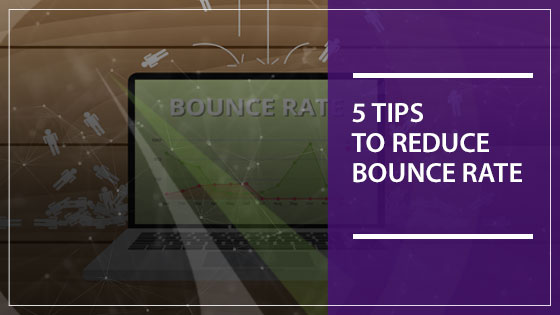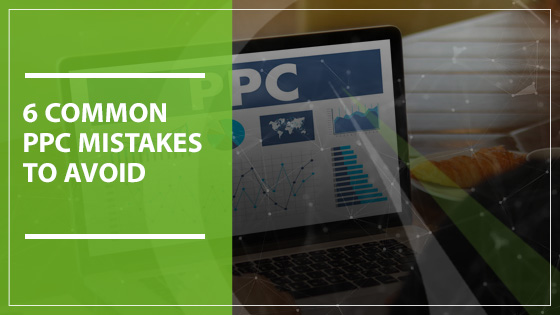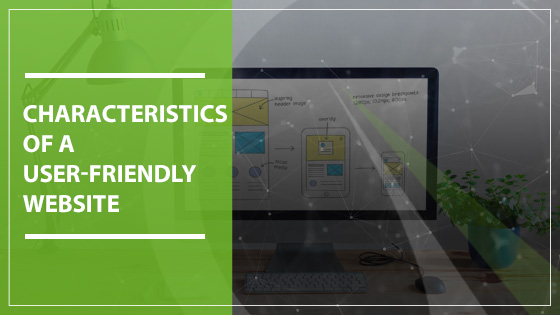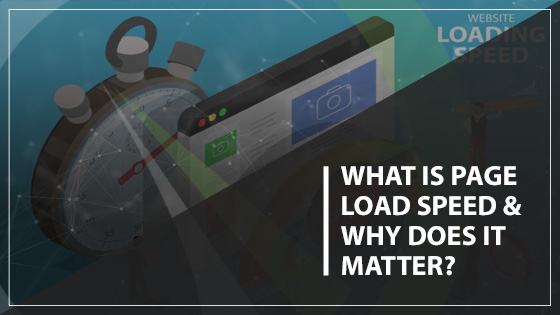It’s common knowledge that if you own a business, advertising helps bring people to your door. Marketing cultivates interest. However, creating an ad doesn’t guarantee that those who come to your door will stay.
When we talk about bounce rate, we’re referring to the number of people who navigate to your site but leave shortly after without visiting any pages. At some point in your life, you have probably walked into a business and turned around within the first few minutes. Perhaps it was because you immediately realized they didn’t offer a product or service you wanted. Maybe you walked in expecting something different than what the business initially advertised. However, in some cases, it could be due to unfriendly service, an unwelcoming environment, or a confusing layout.
Online marketing tools and SEO work in the exact same way. These strategies reel viewers in, but they don’t always keep them there. Sometimes, “bouncing” is unavoidable. Think about it: it’s inevitable that a fair amount of people will visit your site and change their mind. In a recent survey completed by Littledata, the average bounce rate for a typical Google search was found to be just over 40%. That’s almost half of the time!
Since user bouncing is to be expected, you may be asking yourself what an ideal bounce rate is. For a Google search, anything falling below 17% would be highly successful. On the flip side, having a bounce rate of 74% and above would rank you with the worst 20% of websites.
The goal, then, is to lower this rate. To reduce your bounce rate, we recommend the following tactics:
1. Limit Irritating Pop-Ups
Imagine walking into a local pet shop. An employee stands near the door to offer you a few samples of dog food. At that point, you might choose to accept or tell them that you’re only there to purchase a toy for a friend’s cat. Either way, you’d probably appreciate the gesture if it was delivered kindly.
Even online, we’re all human and we just want to go about our business. Loud, flashy ads that are impossible to avoid (including pop-up chats) won’t make your visitors eager to purchase your products. Instead, this usually has the adverse effect; all they will do is make for the exit as soon as possible. Subtlety is key.
2. Focus on Speed
In our digital age, we have a very limited amount of time to make a positive first impression. If someone is standing idly in front of a storefront, an employee might take notice and ask if they can be of service. They have time to change someone’s mind. On the internet, that option isn’t exactly available. You can’t see who’s visiting your site or know why they decide to leave so quickly. By the time they’ve left, it’s too late to change their mind.
This is why speed is so important. People will lose patience waiting for your site to load, especially if they know they can find a similar product or service elsewhere (and complete their purchase much faster). Like it or not, we live in a quick-moving world. Something small like website speed can have a major impact on conversions. Make this a top priority.
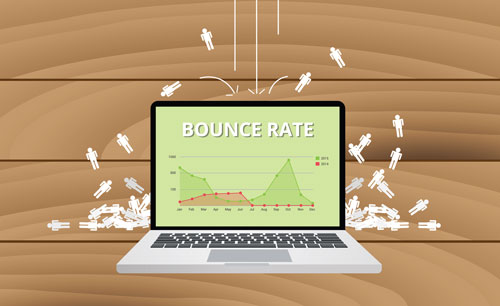
3. Exhibit Discounts on Your Homepage
Remember how we mentioned that you should avoid pop-ups? Well, this doesn’t mean that you should eliminate offers and discounts entirely. If we’re shopping at our local mall and we see a store with 50% off signs in the windows, that will probably grab our attention, right? We love to save money when and where we can.
Visitors will be more eager to browse your options and make a purchase if they know they can save a little money here and there. Again, it’s always a good idea to refer back to your own experience across different sites. You’ve probably spent hours on some sites looking through a company’s inventory if you planned on to taking advantage of a sale. In comparison, you might have left a site quickly and shopped elsewhere for a lower price if costs seemed too high.
4. Avoid Auto-Play
Choosing to auto-play music and videos can be a turn-off for visitors. Even if you manage to engage them in this way, they may only view or listen to the material for a few seconds. As a general rule, users prefer to make their own decisions rather than having website components shoved down their throat. A better way to keep users engaged is to use attractive, straightforward visuals and rich, thoughtful content.
5. Keep Content Short and Sweet
Long blocks of text can be overwhelming to look at, much less read. When crafting pages, think back to your purpose. What are you trying to convey? Can you say it with less words? When users navigate to your site, they want to have a clear picture in front of them. Navigation should be easy to maneuver, product inventories and check-out pages should be within reach, and expository content should be succinct. In today’s digital superhighway, people look to signage for quick cues so they can get to where they need to be. Visitors will appreciate the smooth experience, and you’ll be glad because shorter, more impactful content means less legwork (and a better pay-off in the long-run)!
We Are Here to Help Grow Your Business Online and Through SEO
Working with a professional digital marketing company is the best way to make the most of your website and all that Facebook Pixel, LinkedIn ads, Google Analytics and other digital advertising platforms have to offer. To learn more about the best digital marketing strategies for your company and reach a bigger audience than ever before, work with Gauge Digital Media. For a quote or to schedule a call, contact us at (443) 201-7709.

